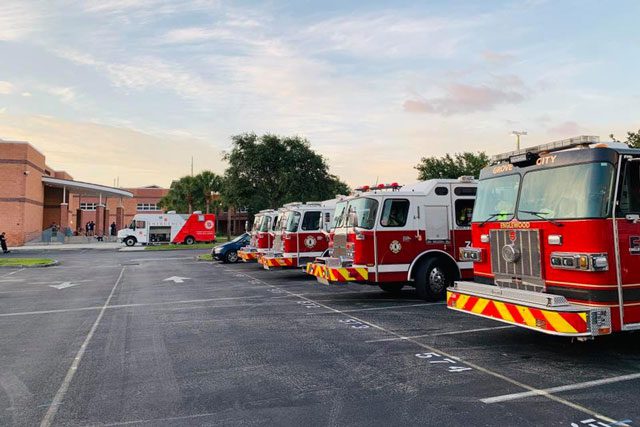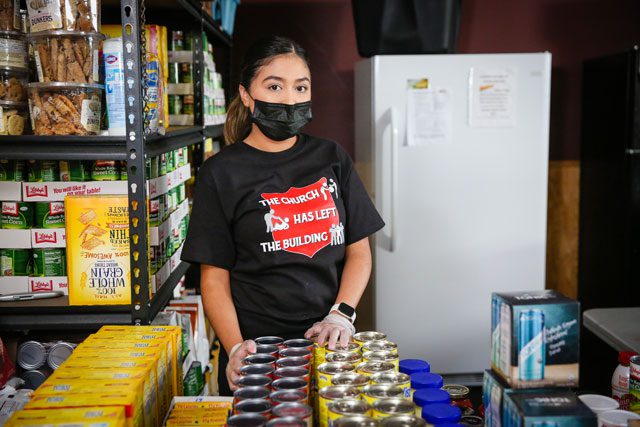Social services coordinators are on alert throughout the West
By Christopher Doughty
A $5 billion cut to the Supplemental Nutritional Assistance Program (SNAP) enacted Nov. 1 has affected 47 million people—nearly one in six Americans. The proposed Nutrition Reform and Work Opportunity Act of 2013 would cut an additional $40 billion from this program over 10 years.
In the past year, The Salvation Army provided grocery assistance to 1.5 million people in the 13 states The Salvation Army Western Territory covers. New cuts are expected to increase this need.
Individual recipients will see an estimated $11 reduction in monthly food stamp assistance, while households of four will experience a more acute $36 decrease. The U.S. Deptartment of Agriculture interprets this monetary reduction as about 16 fewer meals a month for a three-person household.
“The cuts will make it more difficult for families who are already struggling,” said Elsa Cisar, social service coordinator for The Salvation Army Del Oro Division.
A survey of Salvation Army social service coordinators across the West shows mixed results as these cuts take effect, and social services coordinators are on alert.
Linda Rich, executive director of Family Treatment Services in Honolulu, said, “We are watching closely for changes. Most of our clients are not yet in the workforce and have only public assistance.
Major Sherry McWhorter, social services secretary in the Southern California Division, said, “We expect somewhere around 330,000 people will lose 9 percent or so of their food stamp income, and are estimating that 60 percent of our clients receive food stamps, but we don’t actually know—it could be higher.”
McWhorter said the greatest direct impact in the division will be in residential programs that use food stamps to buy groceries for the central kitchens.
Major Nila Fankhauser, social service consultant in the Alaska Division, projects that 150 people (40 percent of their clientele) will be affected. “We are yet to see the full impact. The main thing, however, is new families that have never used our food pantry before are signing up,” she said. “In Anchorage, there were 47 new in September and 52 in October. It has strained our resources as we try to meet greater needs with the same resources.”
Fankhauser said the Alaska Division aims to make the need known to the public to increase both in-kind donations and monetary donations. “We are looking for new sources of revenue and [seeking] some support from our advisory organizations,” she said.
The Northwest Division signed on to a multi-agency letter to members of the Farm Bill Conference Committee. Read the letter via https://tinyurl.com/mu9d4ly.











